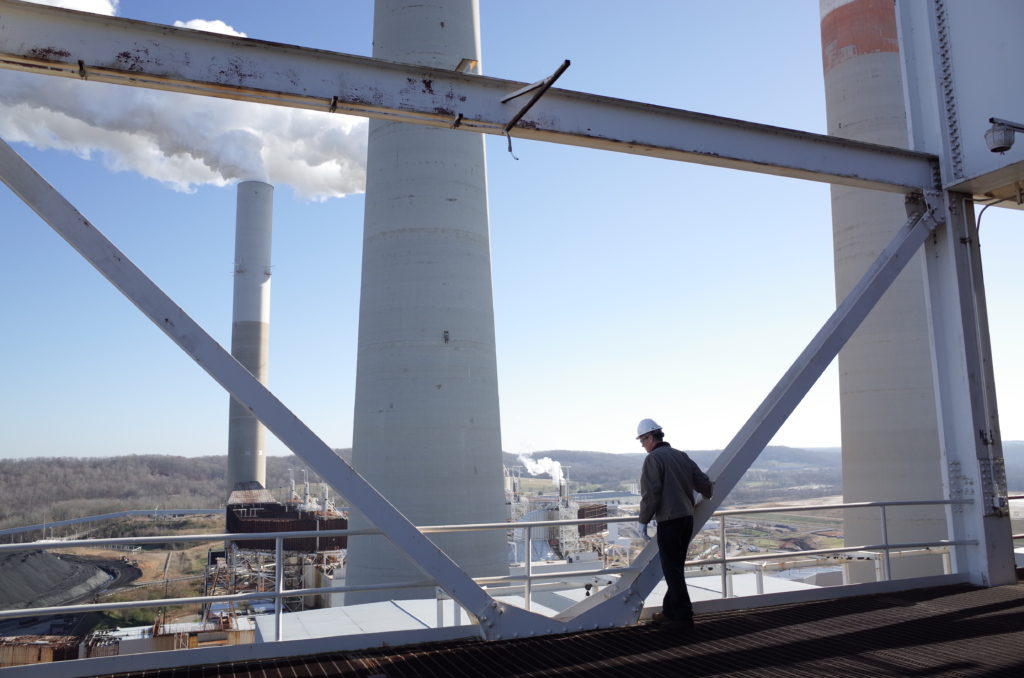
Exactly 10 years ago, one of the worst environmental disasters in U.S. history happened near Kingston, Tennessee. Over a billion tons of coal ash spilled from a pit at a Tennessee Valley Authority plant into the Emory and Clinch rivers and surrounding land on Dec. 22, 2008.
Since then, the state and federal government have cracked down on TVA’s handling of coal ash pits, but the utility is still being questioned on whether it’s doing enough to prevent long-term environmental damage for communities that surround them.
A Legacy Of Coal Ash Embedded In Communities
In Humphreys County, Gary Bullwinkel often visits the campground he used to play at as a child. He’ll walk onto a creaky dock covered in red and green leaves and look beyond the Kentucky Reservoir.
“Anytime we ever swam, that was just part of our vista, the ash and the pollution,” he says.
That vista he’s referring to is a line of gray industrial buildings whining loudly in the distance. One among these isn’t making noise, but it stands out.
“A lot of coal comes through here, where you see that tall smoke stack,” he said. “That’s the Johnsonville Plant.”
Johnsonville is not longer operating. But for nearly 70 years, it burned coal and produced a toxic byproduct: coal ash. Up to 5 million cubic yards of it is now stored within a pit right in the middle of the Kentucky Reservoir, according to TVA. It’s classified as unlined, meaning there may be no protective layer between itself and the water.
Many residents are unaware of this, but others, like Bullwinkel, worry. Chemicals in coal ash, including elements like arsenic and lead, have been linked to health effects such as cancer and kidney failure, according to the Environmental Protection Agency.
“If there were an accident, it would be damaging the local people’s use of the river and exposing them to dangers of coal ash they’re not informed about,” Bullwinkel says.
A Wake-Up Call For The Nation And State
The Johnsonville pit is one of a couple dozen across the state and over 1,000 in the nation, many of which are also unlined. Their potential dangers came to the forefront after the 2008 Kingston spill, when coal ash burst from a TVA pit and smothered 300 acres of a nearby town with toxic muck.





